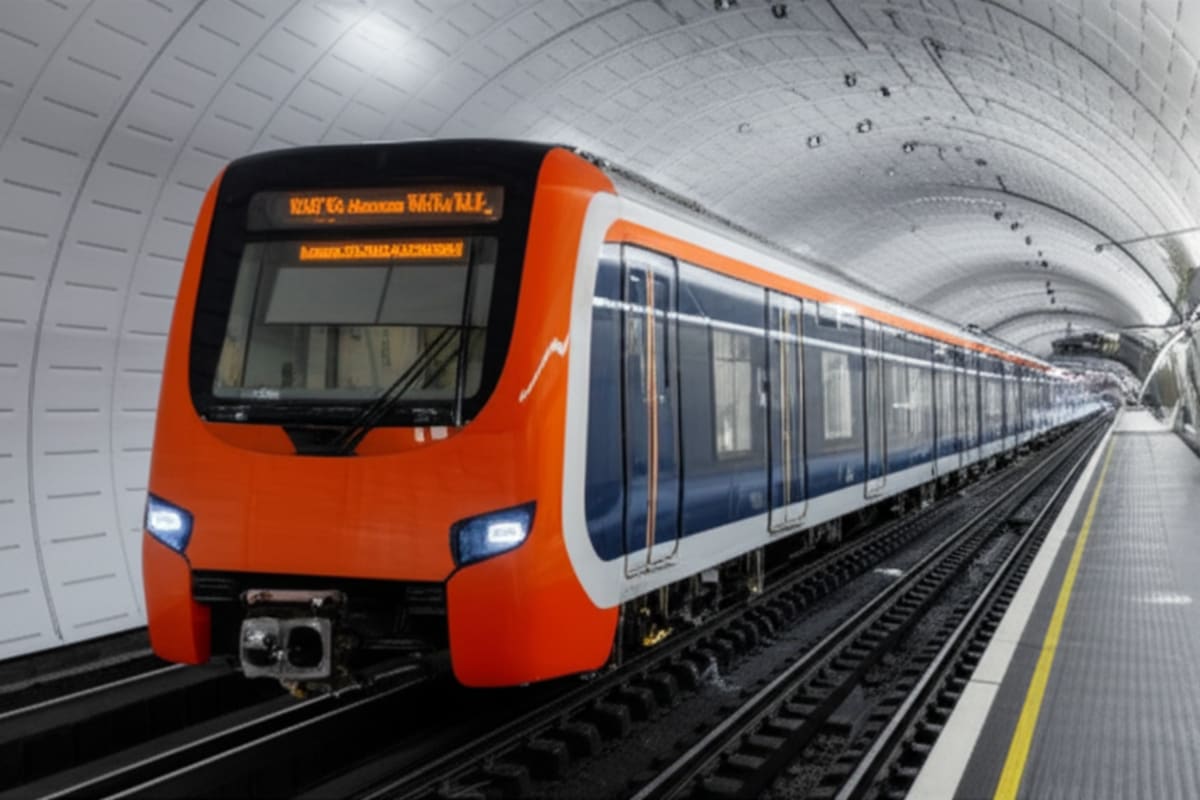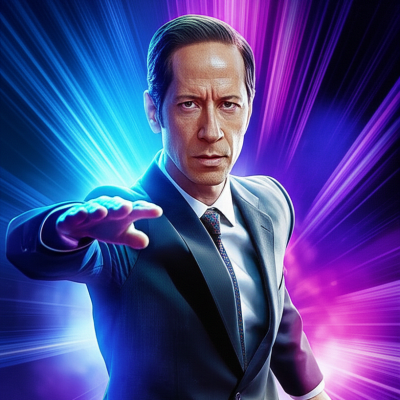Melbourne's Metro Tunnel: All Aboard as Final Stations Unveiled!

Melbourne, get ready to ride.
Background
Yes, you heard that right – all five of the project's brand-new underground stations are now officially complete, marking a monumental milestone for Victoria's public transport future
It’s a moment many Melburnians probably thought would never come, a project so long in the making it’s practically woven into the city’s recent history
But this week, the wait edged significantly closer to its conclusion with Victorian Premier Jacinta Allan personally announcing the handover of the last two 'spectacular' stations: Town Hall and State Library
These modern marvels now join the already completed Anzac, Arden, and Parkville stations, which were handed over to Metro Trains back in April, ready for extensive testing and integration
“This isn’t just about new stations; it’s about a new Melbourne,” Premier Allan enthused during back-to-back press conferences on Sunday and Monday, her excitement palpable
“We’re delivering a world-class transport system that will serve generations, easing congestion, and connecting our city like never before
A Glimpse Inside Melbourne's New UnderworldSo, what exactly do these 'spectacular' stations look like
Think bright, cavernous spaces, awash with natural light where possible, designed not just for utility but for a genuinely enhanced passenger experience
They’re a far cry from some of the city's older, more utilitarian underground platforms
With soaring ceilings, state-of-the-art digital displays, and intuitive wayfinding, these stations aim to be more than just transit points; they’re gateways
Town Hall Station, nestled beneath Swanston Street, promises direct access to Federation Square and the Arts Centre, while State Library will streamline connections to RMIT and the State Library of Victoria, creating a seamless flow for students, tourists, and daily commuters alike
What This Means for You, MelbourneLet’s cut to the chase: what does this long-awaited project actually mean for the everyday Melburnian.
For starters, it’s going to revolutionise how you move around this city
The Metro Tunnel, often dubbed a 'second City Loop,' will create a new end-to-end rail line from Sunbury to Cranbourne/Pakenham, freeing up valuable capacity in the existing City Loop
This means less crowded trains, shorter travel times, and a more reliable service for thousands of passengers daily
Imagine shaving precious minutes off your daily commute, or easily reaching key destinations like Parkville's world-renowned hospital and university precincts without a fuss
For those of us who’ve navigated Melbourne’s often-congested streets, the thought of smoother, faster public transport is nothing short of a dream
Businesses, too, stand to benefit from improved connectivity, making it easier for employees and customers to reach CBD locations and beyond
It's a significant investment in the city's livability and economic vitality.
A Blueprint for Urban Futures: Lessons for Southeast AsiaThe completion of Melbourne’s Metro Tunnel isn't just big news locally; it’s a noteworthy event for urban planners and city dwellers across the globe, particularly in rapidly growing regions like Southeast Asia
Many of the region's bustling megacities – think Jakarta, Bangkok, Manila, Kuala Lumpur, or Ho Chi Minh City – grapple with staggering levels of traffic congestion, burgeoning populations, and the urgent need for robust, modern public transport infrastructure
Melbourne's multi-billion dollar investment in high-capacity rail, including integrated planning and complex engineering solutions in dense urban environments, provides a powerful case study
Melbourne’s project, representing a multi-billion dollar investment and years of complex engineering (including tunnelling under the iconic Yarra River and existing buildings), offers a compelling case study
It demonstrates a long-term vision to future-proof a major urban centre against population growth and urban sprawl
For cities in Southeast Asia facing similar, often even more acute, challenges, the Metro Tunnel provides valuable insights.
How do you integrate a massive new rail network into an already dense urban fabric
What are the strategies for managing public expectations and inevitable disruptions during construction.
How can design be both functional and aesthetically 'spectacular' to enhance the urban experience
The emphasis on connecting key activity centres – universities, hospitals, major business districts – through high-capacity rail is a direct parallel to the infrastructure needs of many Southeast Asian capitals
As these cities continue to expand, finding sustainable, efficient ways to move millions of people is paramount
Melbourne’s commitment to such a monumental public transport upgrade could serve as a powerful inspiration and a benchmark for similar ambitious projects across the region, highlighting the critical role of government investment and long-term planning in shaping the urban future
The Road AheadWith the construction phase behind us, the focus now shifts entirely to testing, commissioning, and ultimately, opening the doors to the public
Engineers and operations staff from Metro Trains are meticulously running trains through the new tunnels, testing signals, safety systems, and station functionality to ensure everything is perfect for launch day
It’s a complex dance of technology and logistics, ensuring every component works flawlessly before passengers are welcomed aboard
The city’s transport landscape is about to undergo its most significant transformation in decades
Are you ready to embrace the change. We certainly are.
It’s been a long haul, but the finish line is firmly in sight. Get ready, Melbourne – your city is about to get a whole lot faster, smoother, and more connected.
The future of travel here is looking pretty bright indeed.
